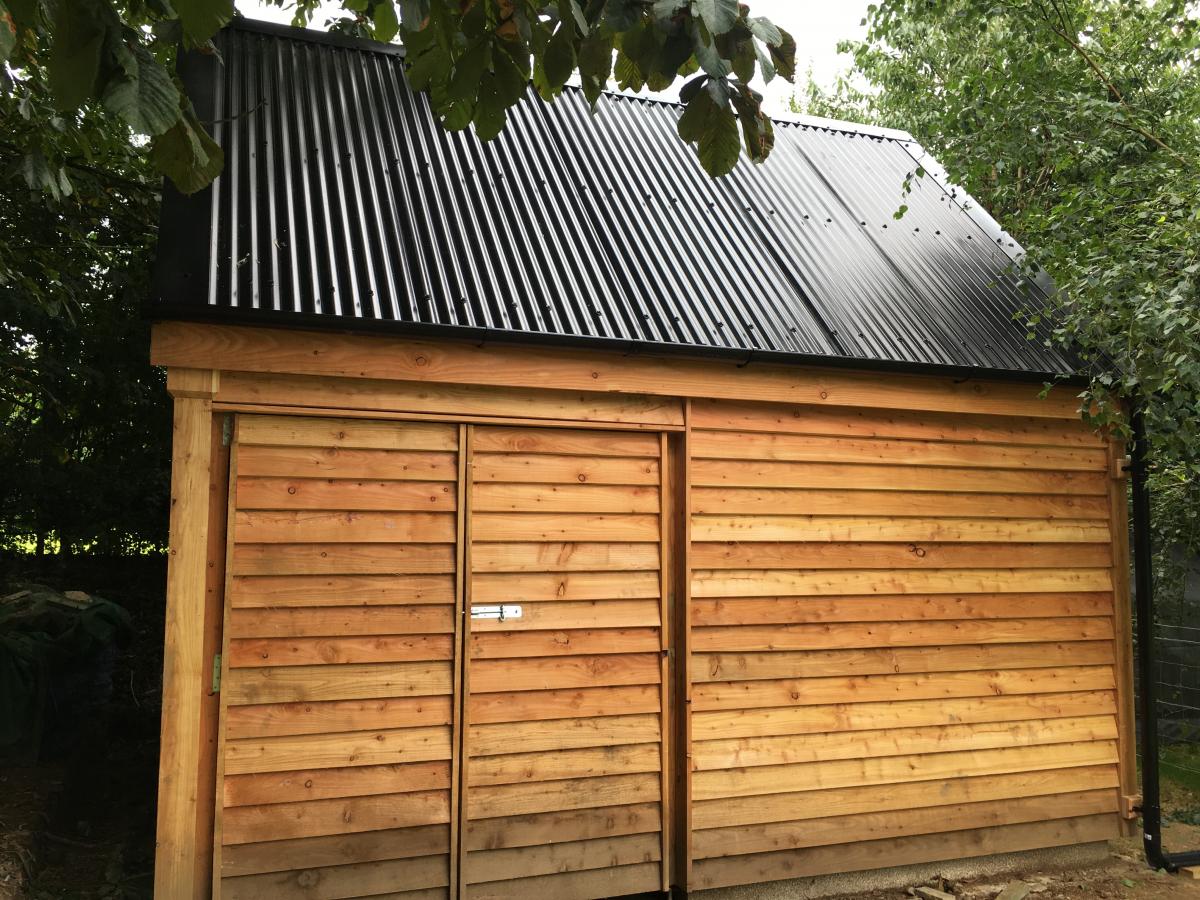
Summary
The UK is home to several different species of bats. From the Brown long-eared bat to the Greater and Lesser Horseshoe Bats, all are vital to our environment in natural England - keeping pests under control and pollinating our plants and trees.
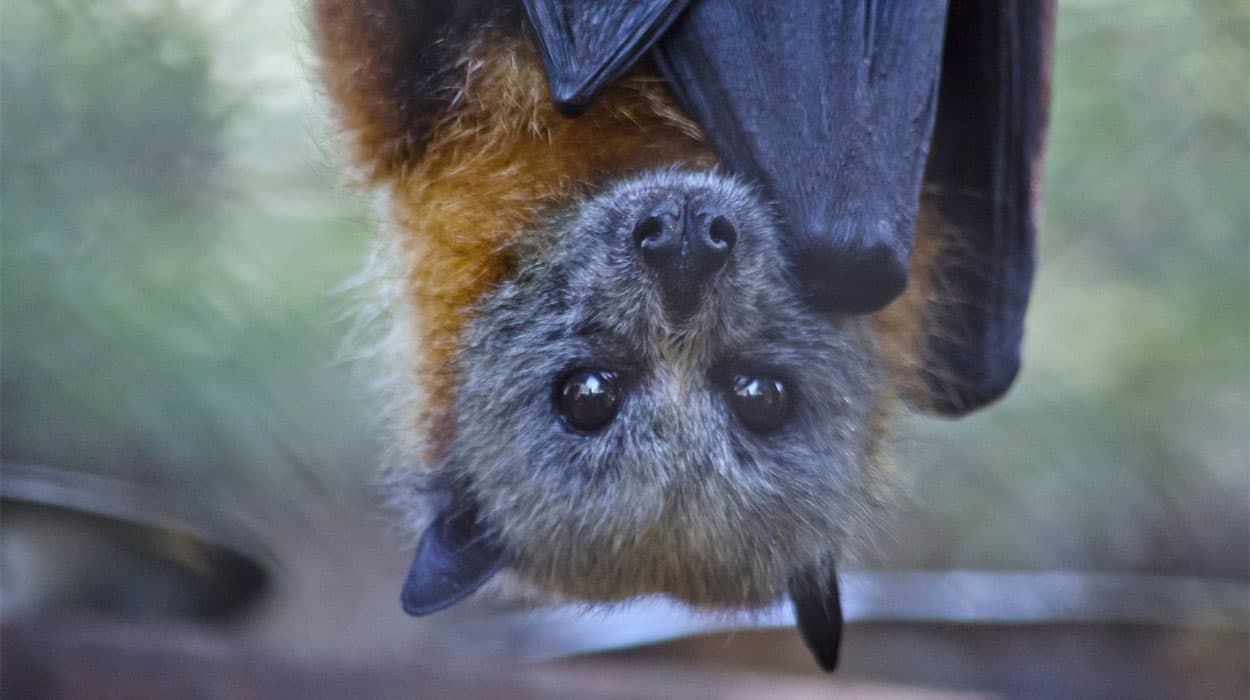
Bat populations live, breed and roost in and around our homes, garages, gardens and particularly agricultural buildings - sometimes without us knowing.
Because of the inconspicuous presence of bats and their bat roost locations, it is important to keep bats protected and avoid disturbing roosting bats wherever we can, as they are a protected species with habitats regulations.
In this article, we will take a look into what we can to do support bats as a protected species, as well as the laws and regulations that are in place to prevent disturbing bats.
When it comes to planning permission and building work where bats are present, great precautions must be taken including bat surveys, licences and other bat survey guidelines.
About Bat species and their protection
Bats in the UK are a protected species by law, it is, therefore, illegal to harm bats, or disturb bats and their roosts due to regulations from many statutory nature conservation organisations such as the Wildlife and Countryside Act 1981.
Bats roost in a variety of inconspicuous locations such as in garage roof tiles, trees, sheds and lofts - and the type of roost can vary for different roosting purposes - ie) maternity roosts.
Different bats have different roosting preferences - the Common Pipistrelle (a tiny bat native to the UK) for example prefers to roost in man-made buildings and purpose-built bat boxes.
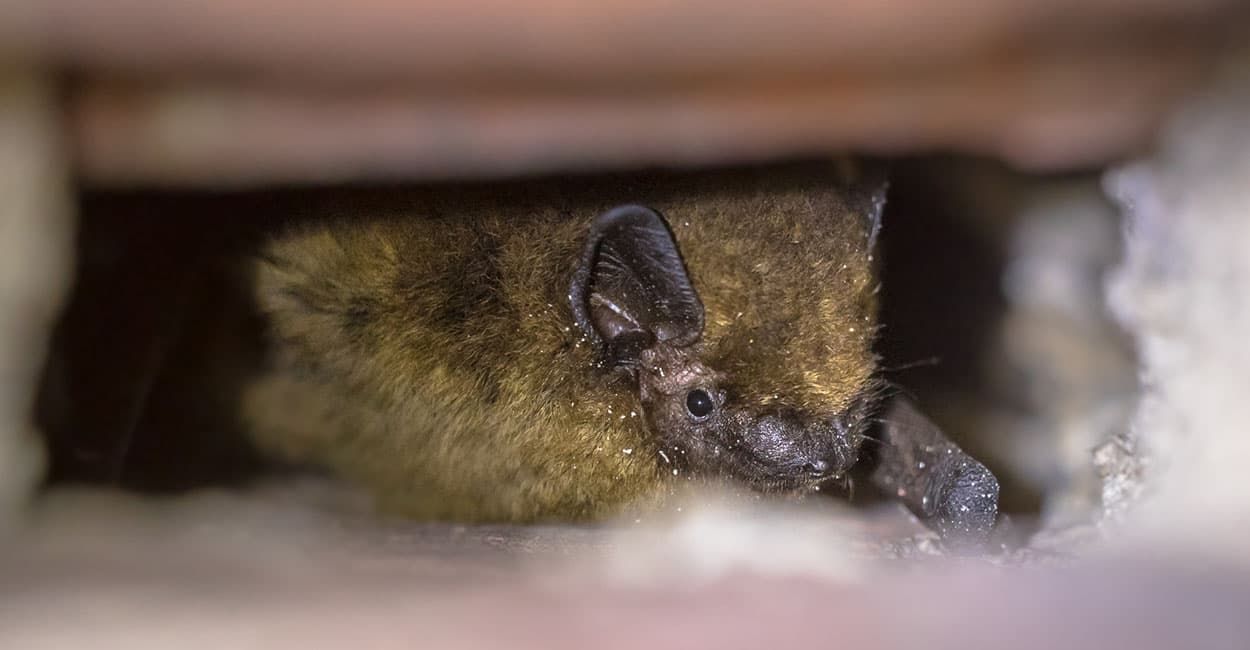
What are Bat surveys?
Bat Surveys are an initial assessment during the bat mitigation process for detecting the presence of protected species of bats in your home, or on sites where there has been a development proposal.
You will need a bat survey to begin any building works safely.
Bat surveys gauge a variety of factors including what species may be present, where bats hibernate, their numbers and location, as well as assessing ways to allow a permitted development project to move forward as to not disturb bats or bat roosts.
There are several types of bat surveys to assess different situations which require different considerations. The two most common are:
-
A Preliminary Roost Assessment/Preliminary Bat Survey or often referred to as a scoping bat survey.
-
A Nocturnal Bat Survey - also known as a dusk and dawn survey, bat emergence survey or bat activity survey.
The purpose of preliminary roost assessments or a scoping bat survey is to determine evidence of bats or bat activity.
The bat surveyor, who will have received full training on habitats and species regulations as well as hold a science and conservation licence, will look for evidence of bat life such as bat droppings, urine stains or even dead bats during their first physical inspection.
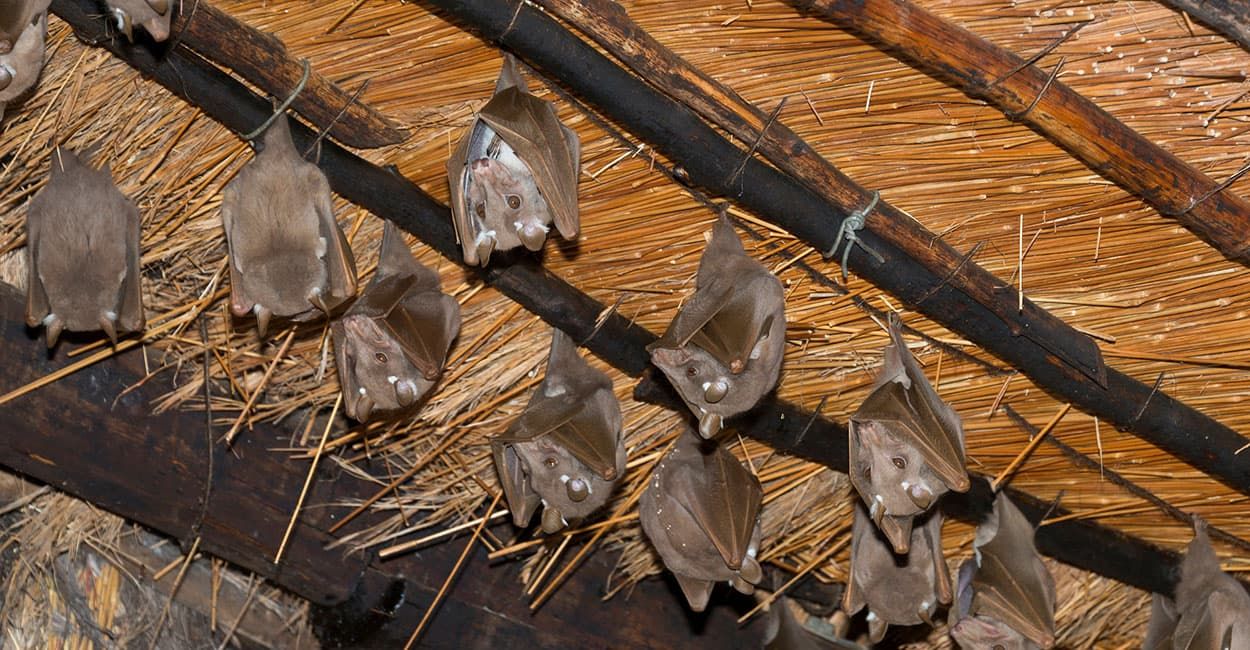
If the result from the initial preliminary roost assessment/preliminary bat survey shows that bats are roosting, then together with a desk-based data survey, a Dusk and Dawn/Bat Emergence survey is then also required.
Bat emergence surveys are designed to categorise further details of the bats, such as their species, population numbers and entering and exiting building access points (bat access roof tiles through tiny gaps in hanging tiles and these access points are not always visible).
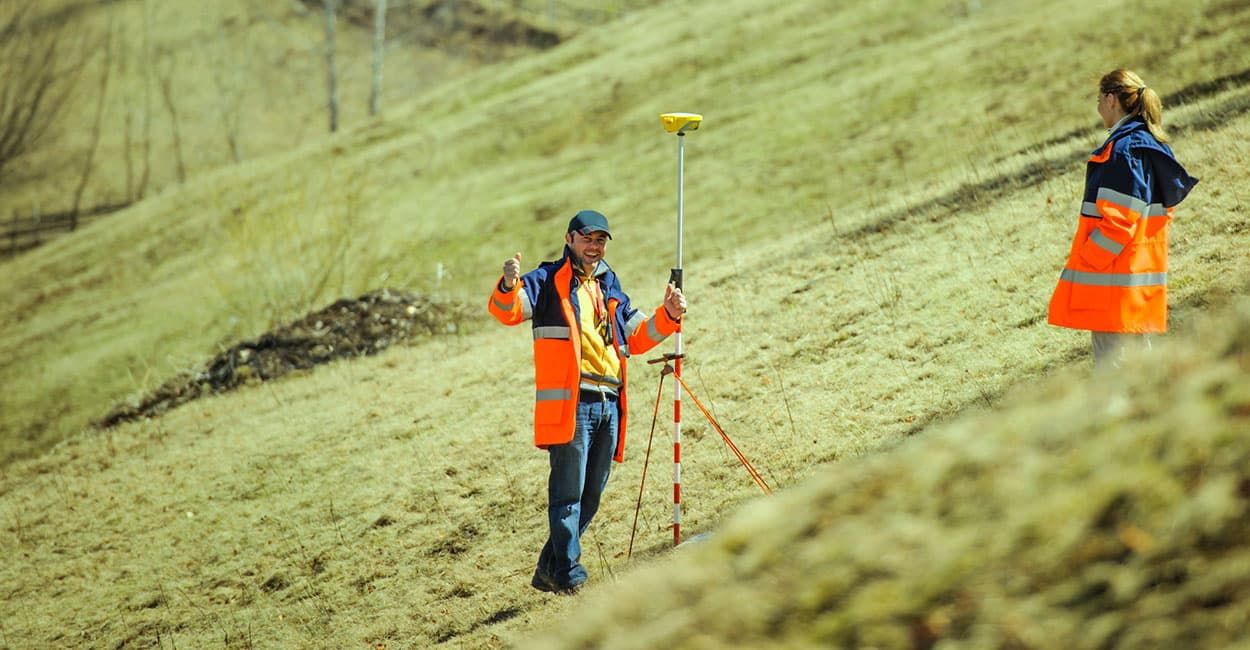
This type of bat survey report is not conducted during daylight hours, due to bats being a nocturnal species. These bat surveys take place between the months of May and September as weather conditions must be dry, and at least 7 degrees for a bat survey to be valid.
Up to 3 Bat emergence activity surveys are conducted by professional ecologists who hold a valid licence, and they will look out for things such as day/night/feeding/maternity roosts, any potential mating sites, and a swarming site around an existing building or permitted development site.
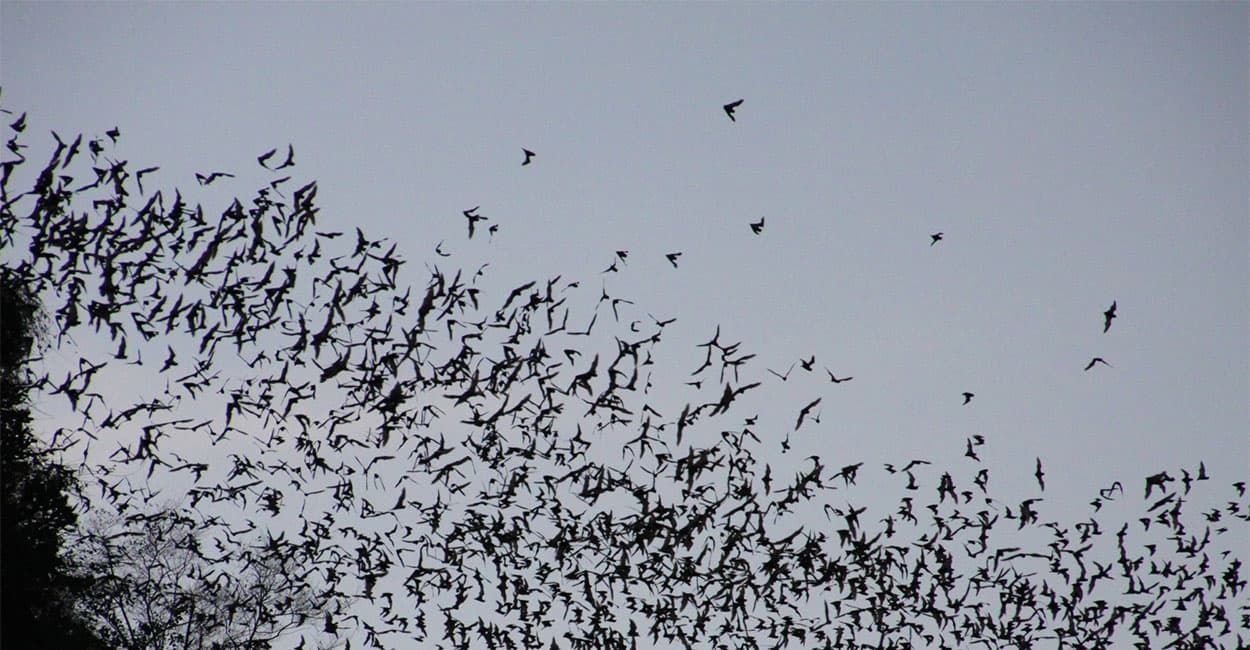
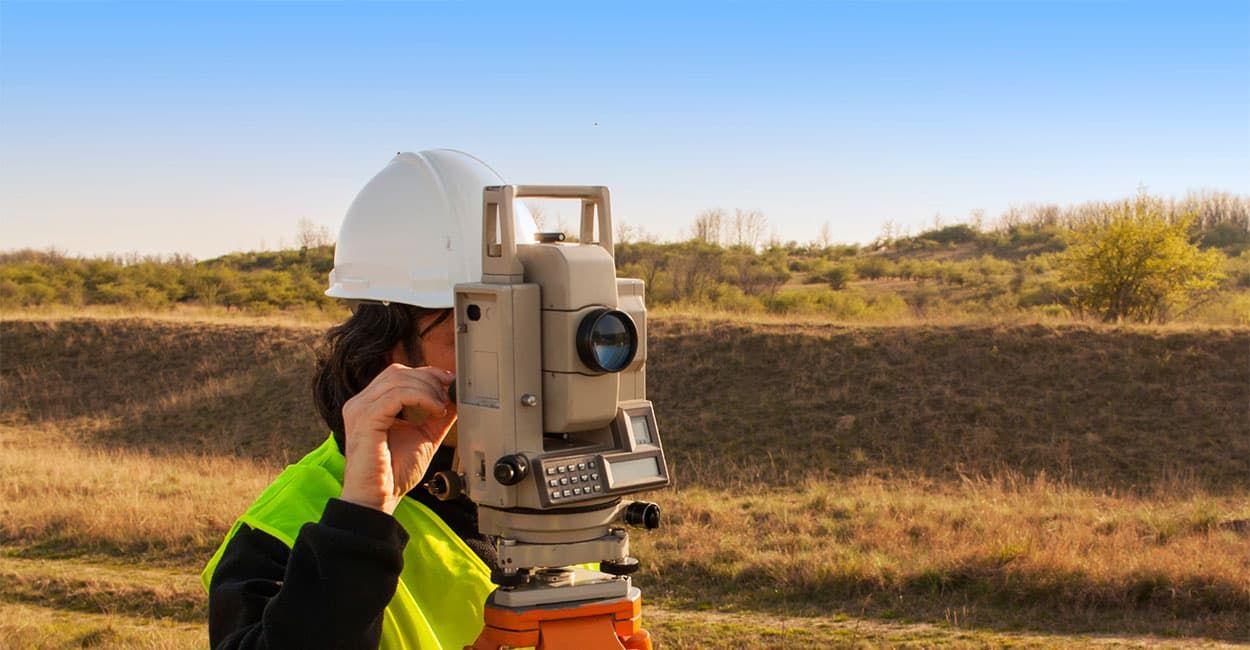
Do I need a bat survey for my planning application?
If you are planning to carry out development proposals, or are seeking planning permission from your local planning authority in an area of natural England that could harm or affect bats or their roosts, the developer must apply for a bat mitigation licence.
Your local planning authorities will ask for mitigation measures and a bat survey to be carried out at your planning application location, before accepting your application.
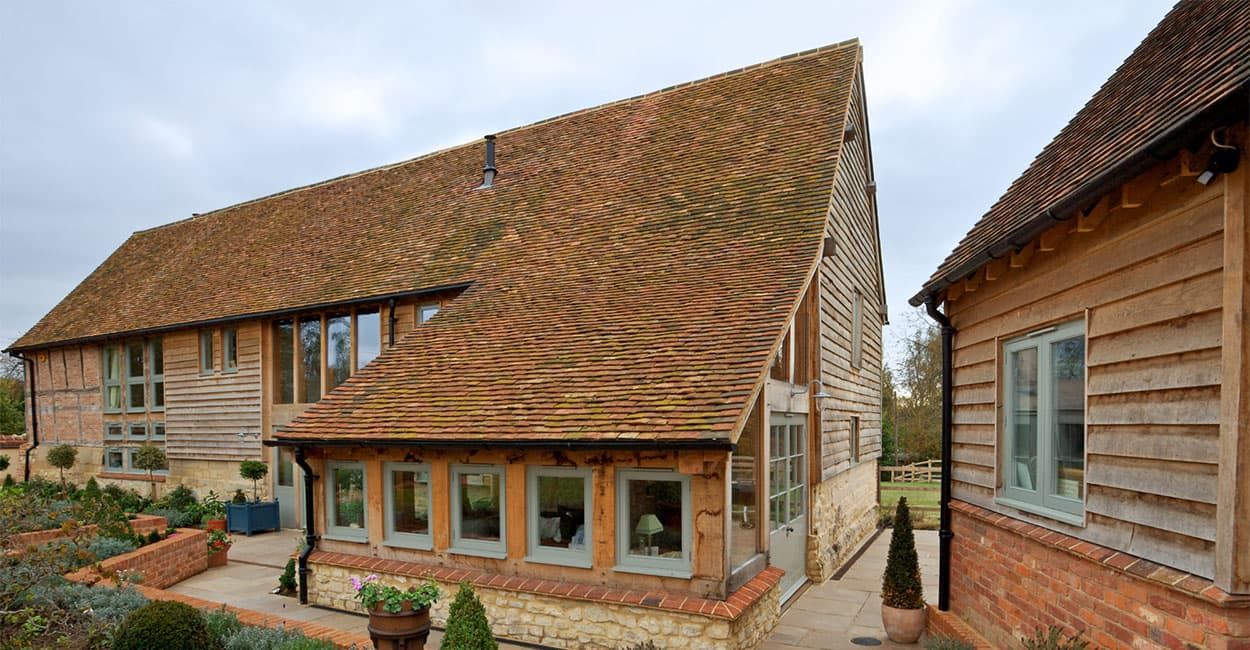
Whilst it is worth considering that almost any planning application site in the UK would require you to partake in a bat survey to detect the presence of bats, typically more obvious projects such as barn conversions, demolition sites, extensions to your home, or removal of trees require more obvious mitigation measures - starting with preliminary roost assessments and bat activity surveys.
You’re more likely to find the presence of bats if the property has favourable roosting features such as:
-
cracks or crevices in brickwork or fascias of your planning application
-
your planning application has a roof with loose or hanging tiles
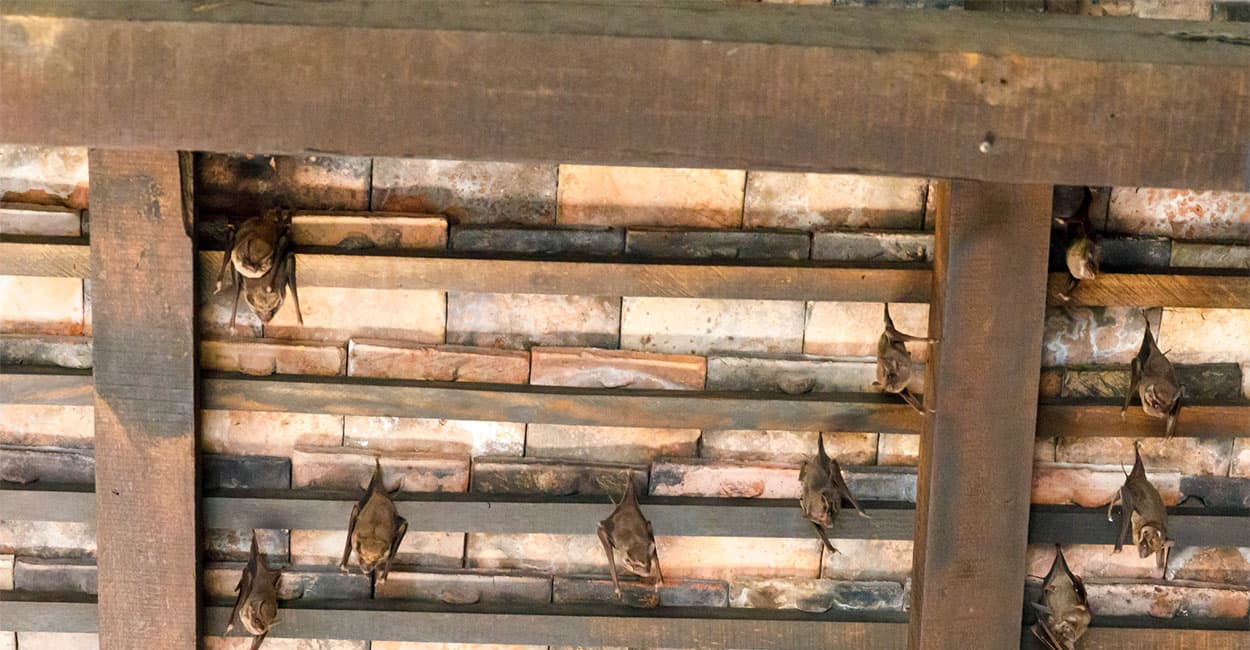
How much does a Bat survey cost?
The price of an average UK bat survey will vary based on the size, location and age of your planning permission project. For an accurate quote, all circumstances and required mitigation measures need to be taken into consideration.
On average, Preliminary Roost Assessment bat surveys start at around £250 with secondary bat emergence surveys and other bat surveys starting at around £650.
Work cannot begin until planning permission is granted by your local planning authority, which will only happen if the bat mitigation survey comes back clear and valid.
How can I avoid disturbing Bats?
You can avoid disturbing any bats or a potential bat roost by always ensuring a bat survey is undertaken before seeking planning permission from your local planning authority as outlined above.
The addition of bat boxes installed throughout the surrounding areas where you're building can help encourage bats to roost within them, away from any building works where they may be disturbed or harmed. This technique may also work in your favour when shown to your local planning authority when considering permission.
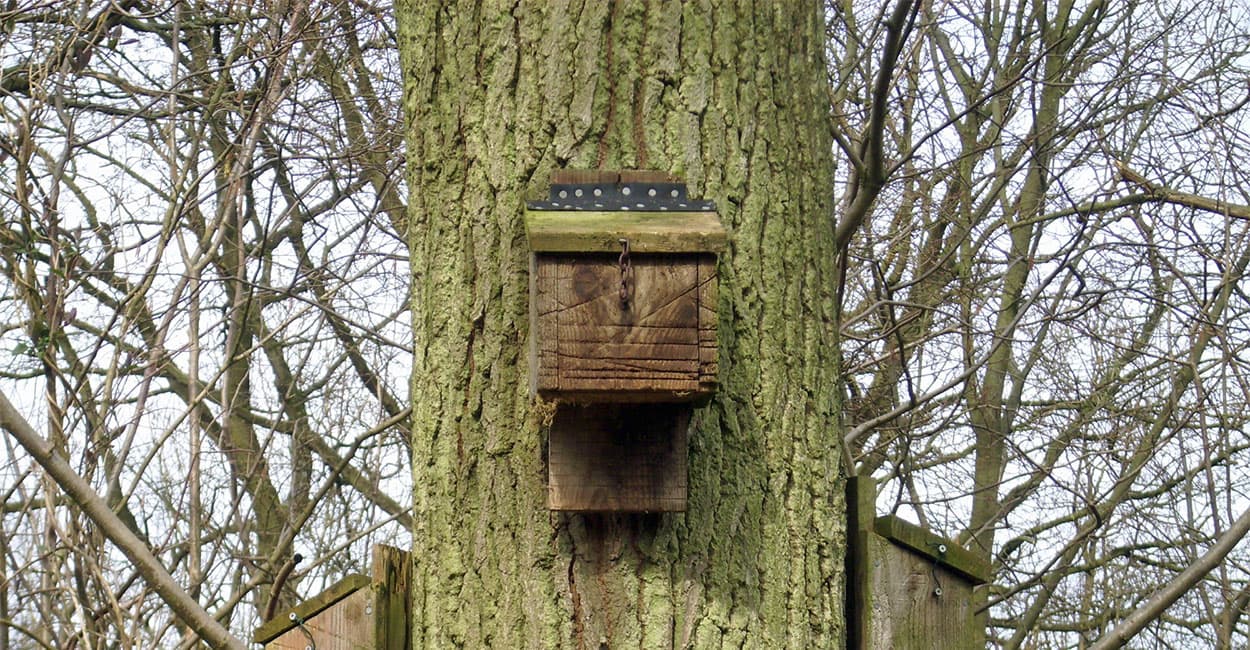
Bat Boxes are particularly successful homes for a single crevice dwelling bat such as a common pipistrelle, which are often found during bat surveys.
Bat house Case Study
Below is an example of a case study, whereby an additional bat house has been created in the grounds of a large dwelling, to prevent bats from roosting in the large roof of the main house - this helps when planning permission is being taken into consideration by authorities.
A BAT SHED FOR GREATER AND LESSER HORSESHOE BATS.
This project was created as an alternative home for Greater and Lesser Horseshoe Bat species to live in. A barn conversion found that bats were roosting in the eves of its roof and so the owners needed to provide these bats with an alternative home to roost before they could convert the building.
They set out to construct this fantastic shed especially to house the bats comfortably, before continuing with their barn conversion. To create the exterior, the bat hut was clad with timber larch and the roof was made using Cladco PVC Black Corrugated Roofing Sheets with matching PVC barges, to finish off the edges and a colour matched PVC Ridge.
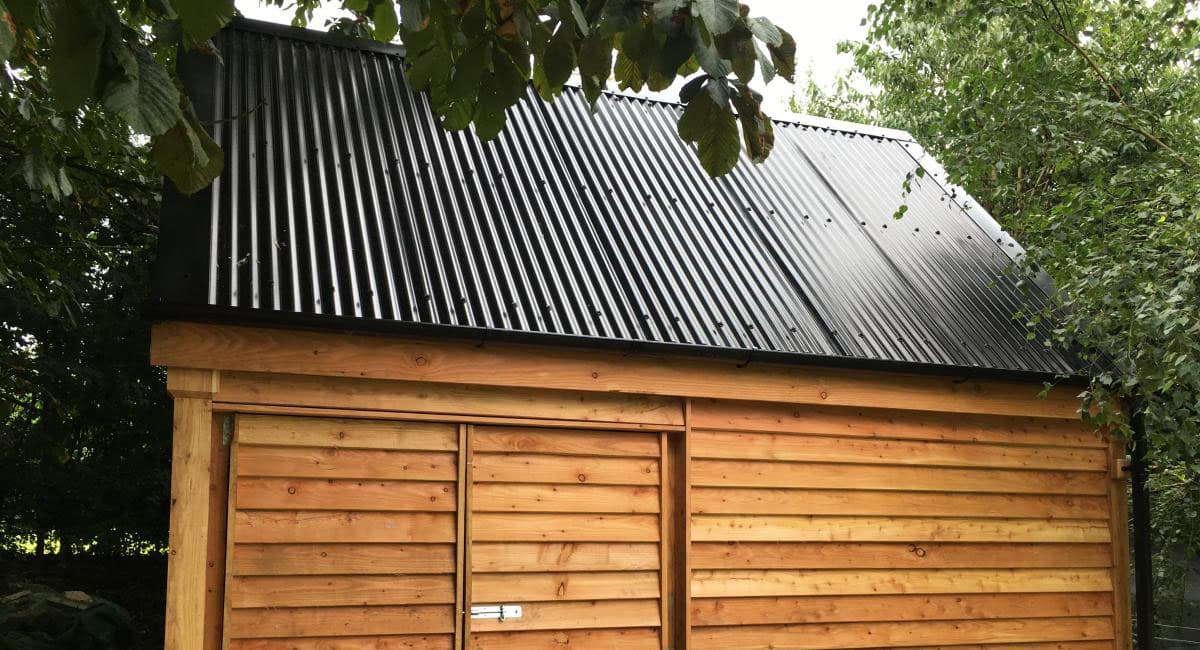
The shed was built to exacting conditions as recommended by the Bat Conservation Trust. The owner is now required to hold a bat licence also known as a bat mitigation class licence or protected species licence to ensure the safety of these Greater and Lesser Horseshoe bats in natural England.
You need a mitigation licence or European protected species licence if your work will have a negative impact on bat species such as:
-
capturing, killing, disturbing or injuring them (on purpose or by not taking enough care)
-
damaging or destroying their breeding or resting places (even if accidentally)
-
obstructing access to their resting or sheltering places (on purpose or by not taking enough care)
There are 17 different UK Bat species - all are vital to the environment, with some plants and trees wholly depending on bats to pollinate their flowers or spread their seeds. Other bats help control pests and insects by eating them.
The greater and Lesser Horseshoe Bats have a circular flap of skin surrounding their nostrils and the horseshoe shape of this ‘nose-leaf' gives these bats their name. The greater horseshoe, weighing between 13-34g, is one of the largest bat species. It has buff-brown fur, except in animals of less than one year old which are dark grey. Lesser horseshoe bats have a similar fur colour and weigh between 4-9g, making them one of the smallest mammals found in the British Isles. At rest, both species hang free and often wrap their wings around their body.
Now the bats are happily living in the purpose-built accommodation, complete with bat boxes and will be protected for their future whilst continuing to pollinate our plants and trees and keep pests under control.f
See our metal wall cladding and roofing sheets for the perfect materials for your bat shed. Or, for further information on the Bat Conservation Trust and bat surveys, visit their website https://www.bats.org.uk/
Last Updated: August 08, 2025
Please note all information is correct at the time of writing. However, we encourage you to do your own research to ensure it remains accurate and relevant to your needs.


